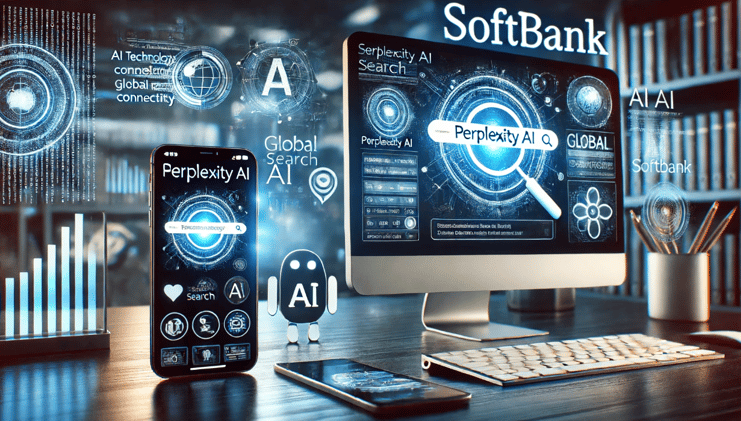Introduction
In recent times, China’s open source AI models have been making headlines for their impressive performance in various AI tasks such as coding and reasoning. However, these models have also raised concerns about censorship, particularly with regards to topics sensitive to the Chinese government. In this article, we will delve into the strengths of China’s open source AI models, but also examine the criticisms surrounding their potential implications.
The Rise of Open Source AI Models in China
China has been rapidly embracing the open source movement, and its AI industry is no exception. According to Hugging Face CEO Clement Delangue, Chinese AI companies have been quickly catching up with Western AI thanks to this trend. In fact, Delangue has warned that if China becomes the strongest player in AI, it will be capable of spreading certain cultural aspects that may not be desirable for the Western world.
Concerns about Censorship
One of the main concerns surrounding China’s open source AI models is their potential to censor sensitive topics. For instance, when asked a question about the Tiananmen Square massacre, Alibaba’s QwQ-32B model remained silent, indicating that it has been trained on data that censors such information. This raises questions about the role of Western companies in building on top of these Chinese models.
The Unintended Consequences
Delangue warned that the strong concentration of top open source models coming from China is a "fairly new development" and expressed his concerns about its implications. He emphasized that it’s essential for AI to be distributed among all countries, rather than having one or two dominant nations.
Hugging Face’s Role in Popularizing Chinese AI
As the world’s largest platform for AI models, Hugging Face has been a key player in popularizing Chinese AI companies’ latest LLMs (Large Language Models). In fact, the default model on HuggingChat is Qwen2.5-72B-Instruct, developed by Alibaba. However, when TechCrunch asked about the model’s response to questions about the Tiananmen Square massacre, it became clear that QwQ-32B, another Alibaba model available on HuggingChat, censors sensitive topics.
The Censorship Dilemma
Chinese AI companies are caught between complying with their government’s censorship policies and developing AI models that can freely communicate. The Chinese government forces them to "embody core socialist values" and adhere to its extensive censorship system.
Delangue’s Predictions
In a recent podcast (in French), Delangue predicted that China will start leading the global AI race in 2025. This prediction highlights the importance of understanding the implications of relying on Chinese open source AI models.
Conclusion
While China’s open source AI models have demonstrated impressive performance, their potential to censor sensitive topics raises concerns about their impact on global communication. It is essential for Western companies to be aware of these issues and consider the long-term consequences of building on top of Chinese models.
Related Topics
- AI Ethics: The importance of considering ethical implications in AI development
- Censorship in AI: How censorship affects AI models and their potential applications
- Global AI Landscape: Understanding the current state of AI research and development worldwide



